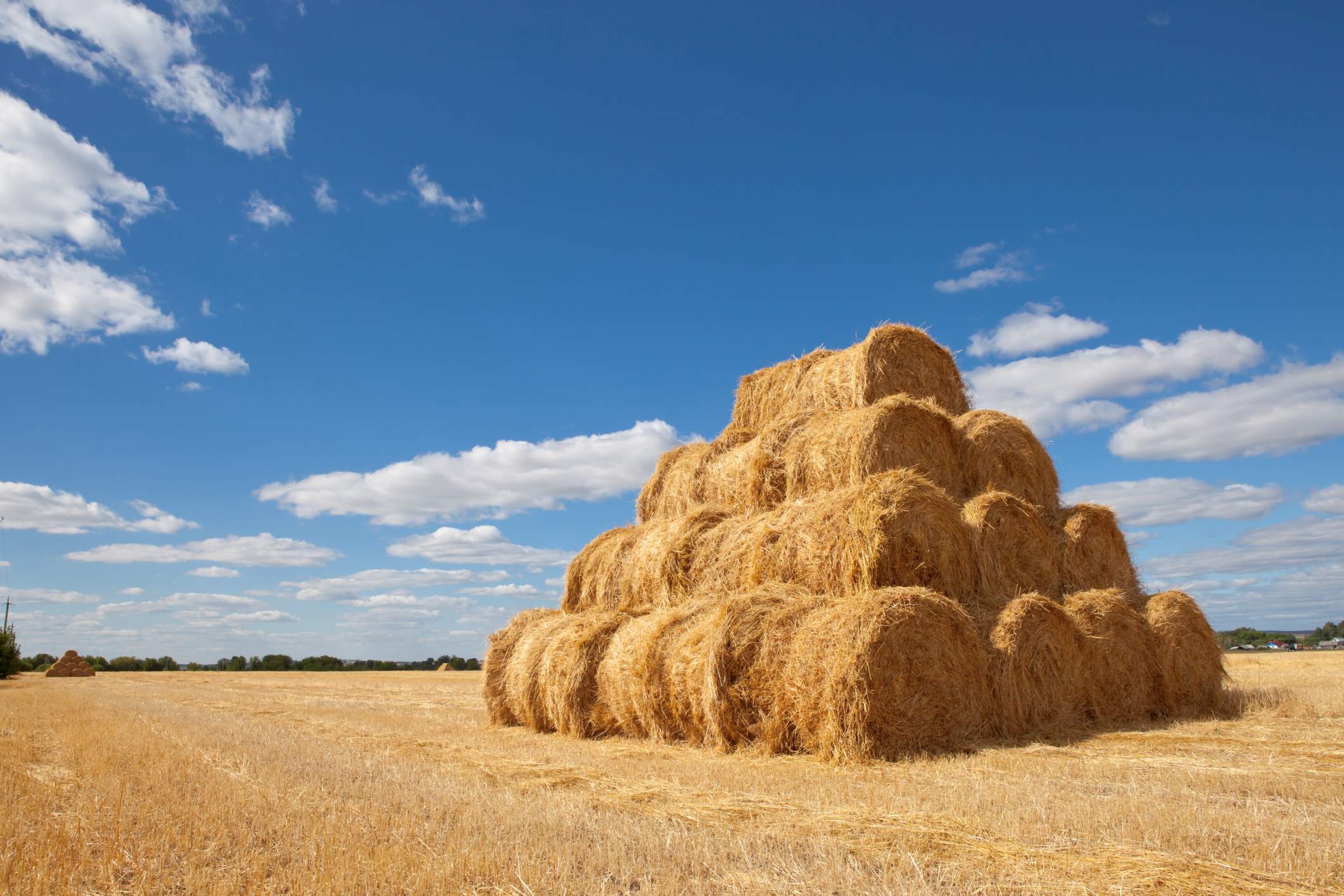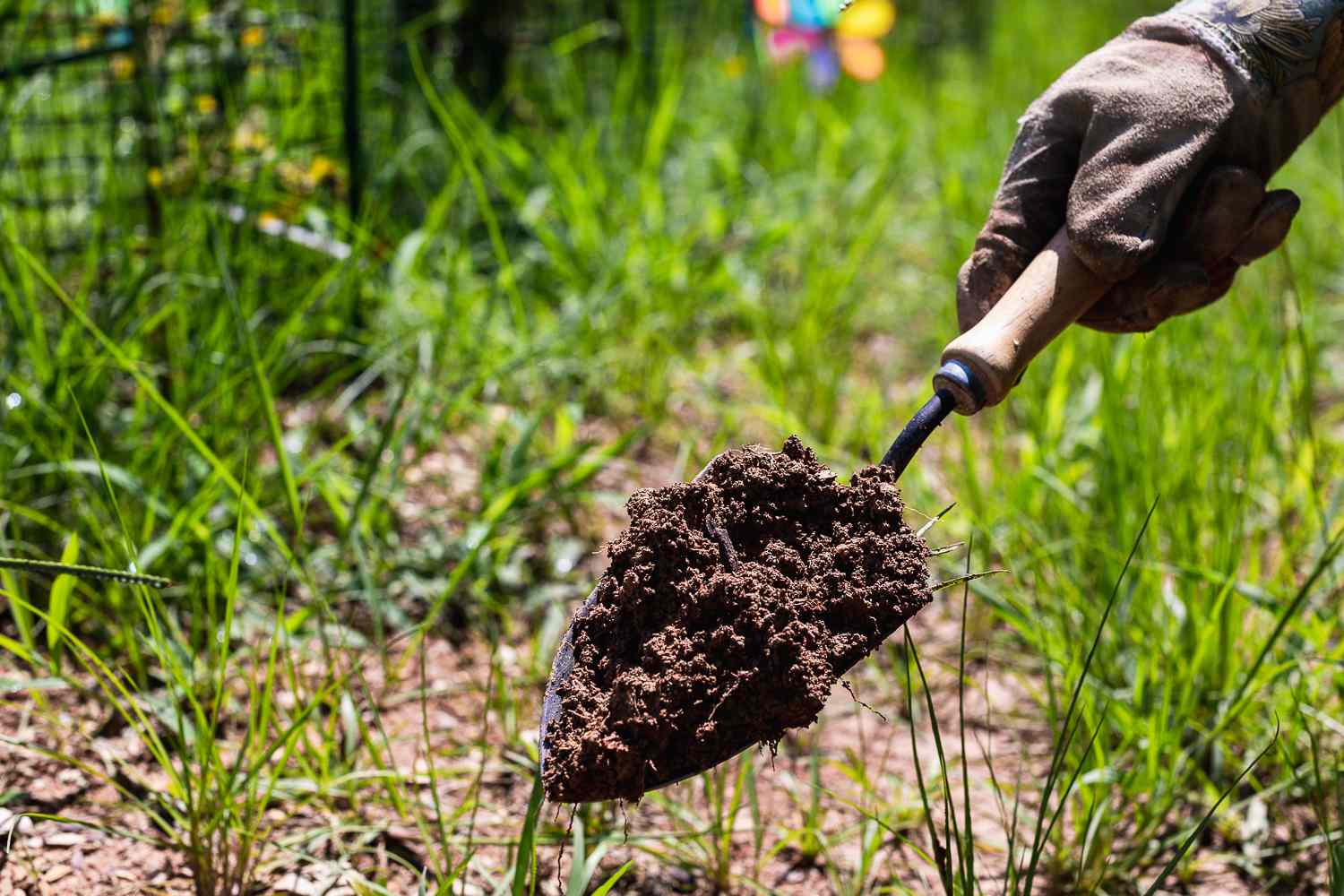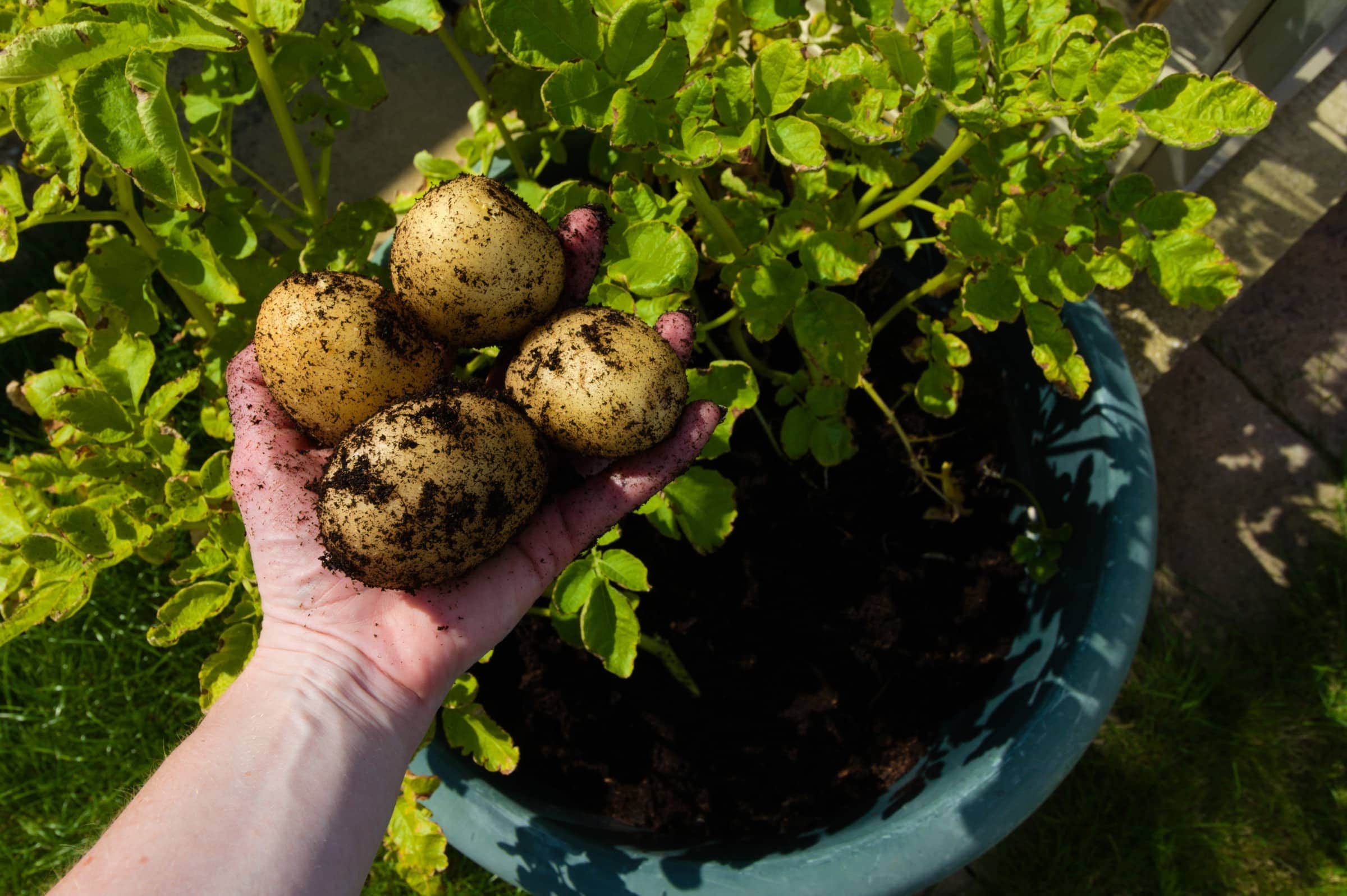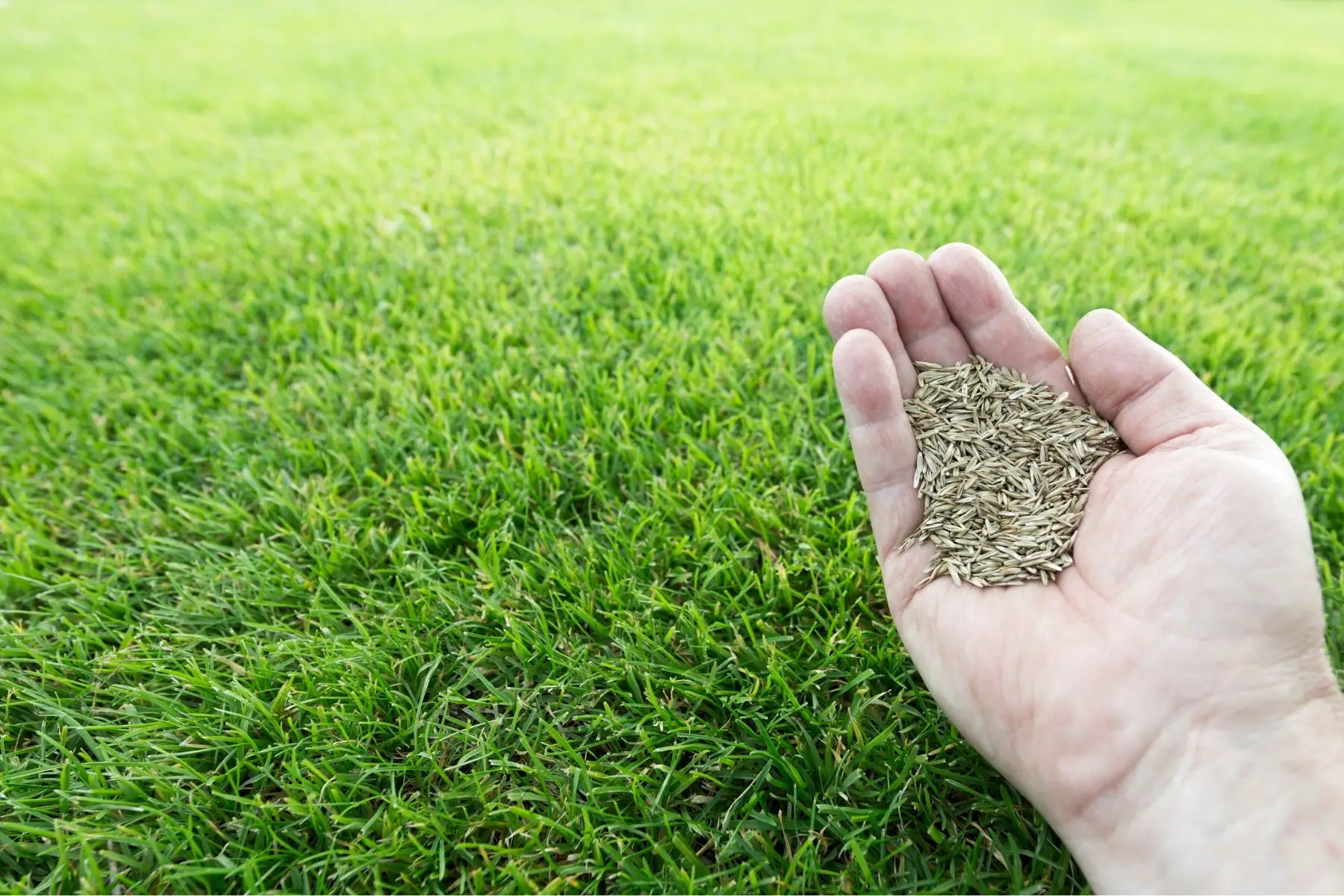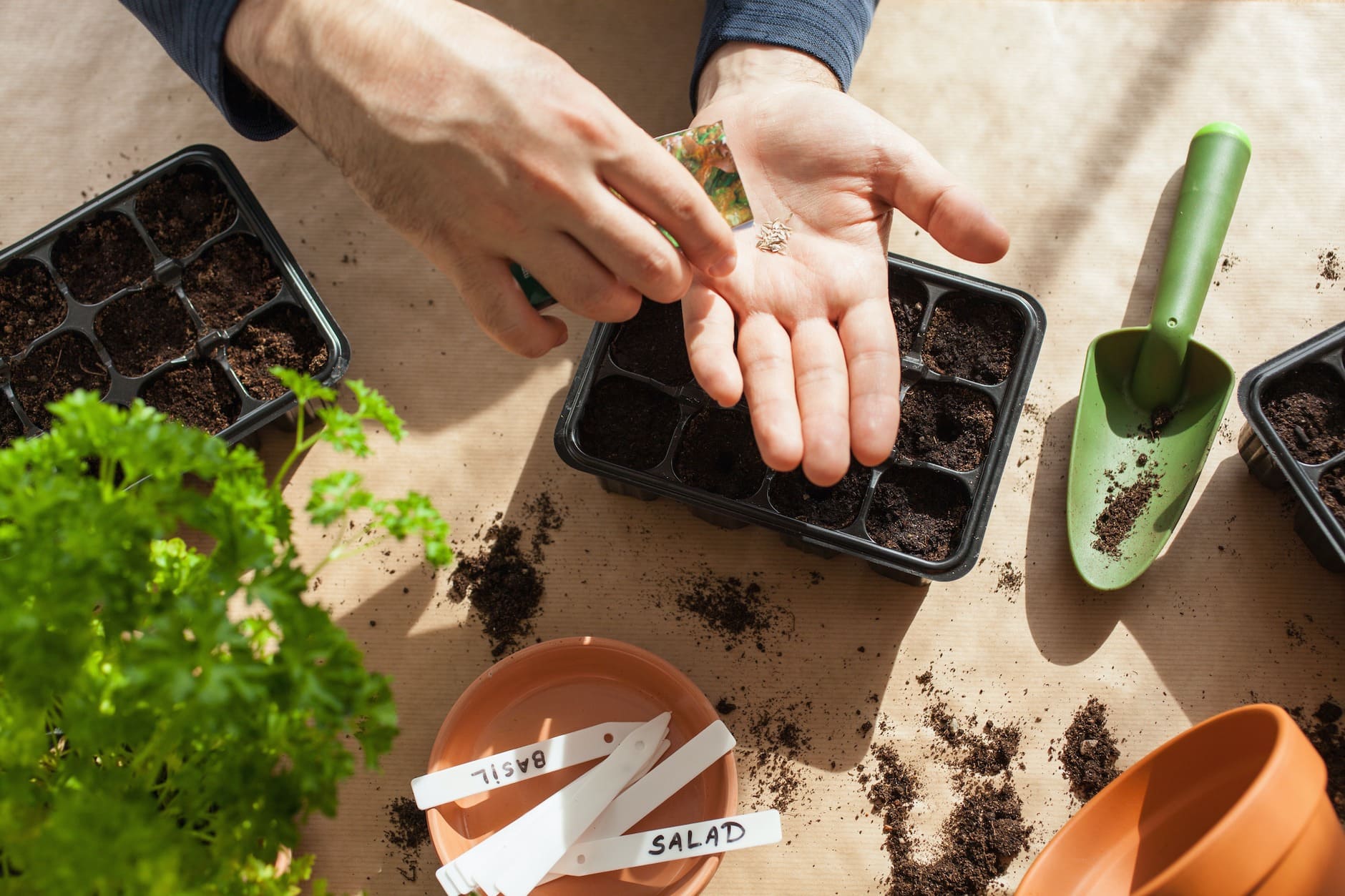Home>Types of Gardening>Ornamental Gardening>How Long After Planting Grass Seed Can You Walk On It
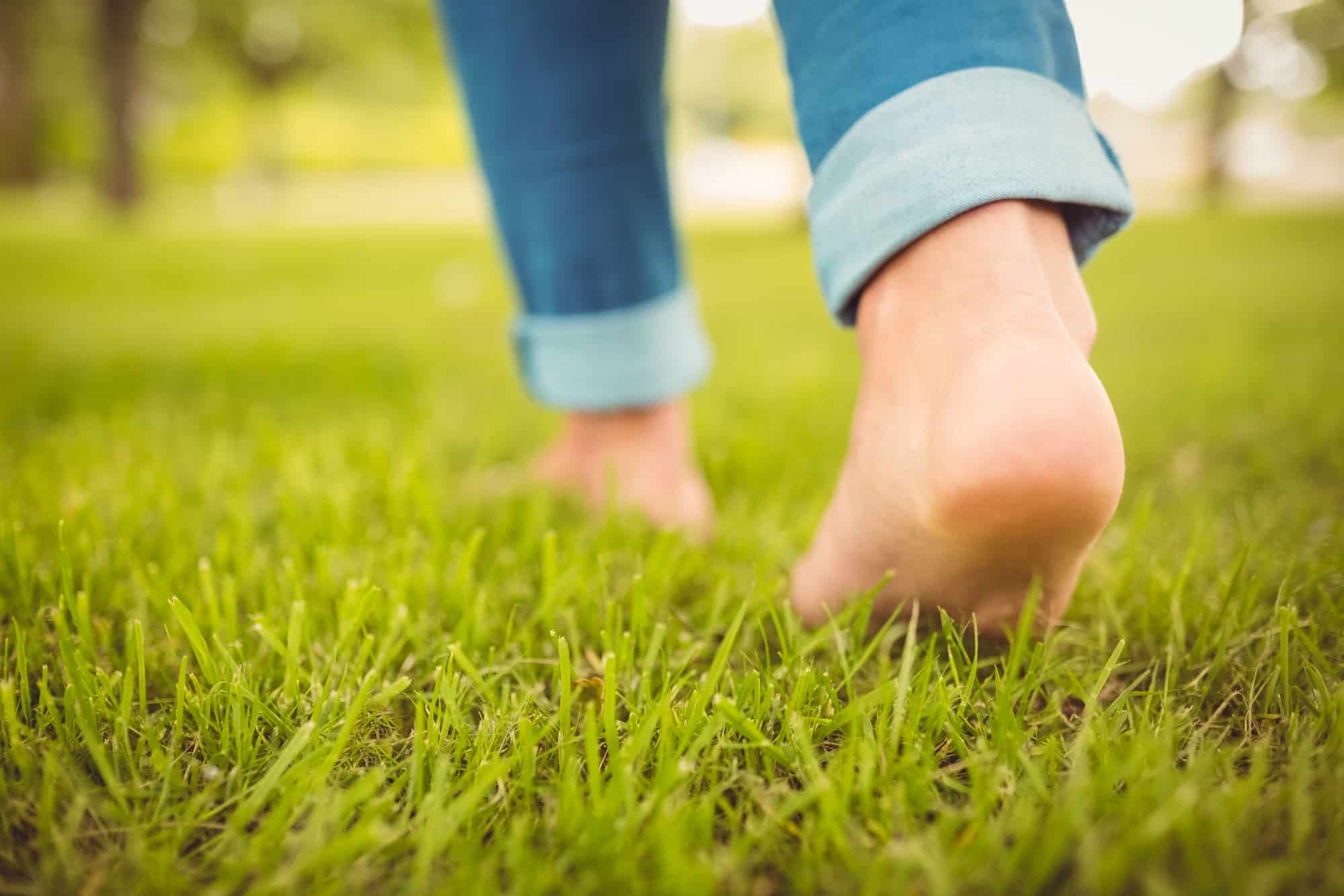

Ornamental Gardening
How Long After Planting Grass Seed Can You Walk On It
Modified: February 10, 2024
Discover how long you need to wait before walking on newly planted grass seed in your ornamental garden. Get expert advice and tips for a lush lawn!
(Many of the links in this article redirect to a specific reviewed product. Your purchase of these products through affiliate links helps to generate commission for Chicagolandgardening.com, at no extra cost. Learn more)
Table of Contents
Introduction
Welcome to the world of ornamental gardening, where the beauty of nature meets the creativity of design. If you have a green thumb and a passion for transforming your outdoor space into a stunning oasis, then ornamental gardening is the perfect hobby for you. With its emphasis on visually appealing plants, flowers, and decorative elements, this form of gardening allows you to create a personalized and enchanting environment.
Whether you’re a beginner or an experienced gardener, this article aims to provide you with comprehensive information on ornamental gardening. With useful tips and insights, you’ll learn how to design, cultivate, and maintain a garden that will impress every visitor.
From selecting the right plants and flowers to creating eye-catching arrangements, we’ll explore the various aspects that make ornamental gardening so unique and rewarding. Dive into the world of color palettes, plant combinations, and garden styles as we uncover the secrets to crafting a truly breathtaking outdoor space.
Not only will we focus on the visual aspects of ornamental gardening, but we’ll also delve into the importance of soil preparation, proper watering techniques, and effective pest control. By understanding the foundational elements of gardening, you’ll be equipped with the knowledge to create a healthy and thriving garden that will stand the test of time.
Furthermore, we’ll discuss the role of garden structures, such as trellises, arbors, and pathways, in enhancing the overall aesthetic appeal of your garden. These structures not only serve a functional purpose but also add a touch of elegance and charm to any outdoor space.
So, whether you’re dreaming of a vibrant cottage garden, a serene Zen oasis, or a contemporary urban landscape, this article will be your guide to achieving your vision. Get ready to let your creativity flourish as we embark on a journey through the world of ornamental gardening. Let’s turn your outdoor space into a true work of art!
Factors Affecting the Time to Walk on Newly Planted Grass Seed
When it comes to establishing a lush and vibrant lawn, timing is key. Walking on newly planted grass seed at the wrong time can undo all your hard work and impede its growth. Before lacing up your shoes and strolling across your freshly seeded lawn, there are several factors to consider.
1. Germination Period: The germination period refers to the time it takes for the grass seed to sprout and start growing. Different types of grass have varying germination periods, typically ranging from 5 to 30 days. During this phase, the grass seed is delicate and easily damaged. Walking on it too soon can disrupt the germination process and result in patchy or thin areas in your lawn.
2. Soil Conditions: The condition of your soil plays a crucial role in the establishment of newly planted grass seed. It needs to be adequately prepared, with loose and well-draining soil, to allow the roots to penetrate easily. If the soil is compacted or waterlogged, it may take longer for the grass seed to establish. In such cases, it’s best to wait until the soil has dried out and is suitable for walking on.
3. Watering and Moisture: Proper watering is essential for the successful growth of newly planted grass seed. During the germination period, the soil should be kept consistently moist but not overly saturated. Excessive foot traffic on a wet lawn can lead to soil compaction and poor drainage, hindering the growth of the grass seed. It’s important to wait until the surface of the lawn has dried out before walking on it.
4. Grass Species and Seed Mixture: Different grass species have different growth rates and tolerance to foot traffic. Certain varieties, such as Kentucky bluegrass, have slower germination and establishment periods compared to other grasses like perennial ryegrass. If you have a specific grass species or seed mixture in your lawn, it’s advisable to consult the seed manufacturer or a gardening expert to determine the appropriate time to walk on the newly planted grass seed.
5. Environmental Conditions: Environmental factors such as temperature, sunlight, and humidity influence the growth and establishment of grass seed. Cooler temperatures and lack of sunlight can prolong the germination period and slow down the growth of the grass. It’s important to consider the prevailing weather conditions and adjust the timing of walking on the lawn accordingly.
By taking these factors into account, you can determine the optimal time to walk on newly planted grass seed. Patience is vital during the establishment phase to ensure a healthy and robust lawn in the long run. Remember, a little restraint now will pay off with a lush and inviting grass carpet for years to come.
Germination Period of Grass Seed
Understanding the germination period of grass seed is crucial for successfully establishing a beautiful and healthy lawn. The germination period refers to the time it takes for the seed to sprout and begin the growth process. It’s an essential phase in the development of your lawn, as this is when the roots start to penetrate the soil and anchor the grass plants.
The length of the germination period varies depending on the type of grass seed you’ve planted. Different grass species have different germination periods, typically ranging from 5 to 30 days. Some grasses, like perennial ryegrass, can germinate and show visible growth in as little as 5 to 7 days, while others, such as Kentucky bluegrass, may take 14 to 30 days.
The germination period is influenced by various factors, including environmental conditions, soil quality, and seed viability. Optimal temperature and moisture levels are crucial for successful germination. Most grass species prefer soil temperatures between 60 to 75 degrees Fahrenheit (15 to 24 degrees Celsius) for optimal seed germination.
During the germination period, it’s important to provide proper watering to ensure that the seeds receive adequate moisture without getting waterlogged. The soil should be kept consistently moist but not saturated. Regularly check the moisture level by sticking your finger into the soil. If it feels dry to the touch, it’s time to water. Avoid overwatering, as this can lead to poor germination and the development of fungal diseases.
While the grass seed is in the germination phase, it is delicate and vulnerable to foot traffic. Walking on the newly planted grass seed at this stage can disrupt the germination process and result in uneven growth and thin spots in your lawn. It’s crucial to be patient and allow the seeds to establish strong roots before walking on them.
It’s important to note that the germination period is just the initial stage of grass growth. After the seeds have sprouted, it will take additional time for the grass to fully establish and develop into a thick, healthy lawn. This establishment phase can vary depending on the specific grass species and the environmental conditions.
To ensure the best chances of successful germination and establishment, follow the instructions provided by the seed manufacturer. They will typically provide guidelines on the expected germination period for the specific grass seed you’ve chosen.
By understanding and respecting the germination period of your grass seed, you can provide the necessary care and patience required to establish a lush, thriving lawn. Remember, proper timing and nurturing during this phase will lay the foundation for a beautiful and resilient lawn for years to come.
Establishing Strong Roots
When planting grass, one of the key goals is to establish strong roots. Having a solid root system is essential for the long-term health and vitality of your lawn. Strong roots provide stability, help the grass withstand foot traffic, and ensure efficient uptake of water and nutrients from the soil. Here are some important steps you can take to encourage the development of strong roots:
1. Proper Soil Preparation: Before planting grass seed, it’s crucial to prepare the soil properly. Start by removing any existing debris or weeds from the area. Loosen the soil using a garden fork or a tiller to a depth of 6 to 8 inches (15 to 20 cm). This will create a favorable environment for root growth, allowing the roots to penetrate easily and access essential nutrients and moisture.
2. Choosing the Right Grass: Different grass species have different root structures and growth habits. Some grasses, like Kentucky bluegrass and tall fescue, develop deep-rooted systems, while others, like perennial ryegrass, have shallower roots. Consider the specific conditions of your lawn, such as soil type, sunlight, and climate, and choose a grass species that is well-suited to those conditions. This will maximize the chances of establishing strong roots.
3. Adequate Watering: Proper watering is crucial during the establishment phase to promote root development. After planting the grass seed, water the area gently and evenly to ensure the soil is moist but not waterlogged. Frequent, light watering is more effective than infrequent deep watering, as it encourages the roots to extend deeper into the soil in search of moisture.
4. Gradual Reduction of Watering: As the grass begins to establish and roots start to grow, gradually reduce the frequency of watering. This encourages the roots to reach deeper into the soil in search of water, strengthening their structure. However, be careful not to let the soil completely dry out during this phase, as it can stunt root growth and overall lawn development.
5. Promoting Oxygen Exchange: Grass roots need oxygen to function properly. To facilitate oxygen exchange, avoid compacting the soil by heavy foot traffic or heavy machinery during the establishment phase. Aerating the soil once a year, especially in compacted areas, can also promote the movement of oxygen and nutrients to the roots.
6. Regular Mowing: Once your grass has reached a height of 3 to 4 inches (7.5 to 10 cm), it’s time to mow for the first time. Set your mower blade at a height that removes no more than one-third of the grass blade. Regular mowing at the appropriate height promotes root growth by encouraging the grass to develop a robust root system.
By following these steps and providing the right conditions, you can help establish strong, healthy roots for your grass. Remember, the stronger the roots, the more resilient and attractive your lawn will be, providing you with a beautiful outdoor space to enjoy for years to come.
Optimal Time to Walk on Newly Seeded Lawn
After planting grass seed, it’s essential to allow sufficient time for the lawn to establish before walking on it. Walking on a newly seeded lawn too soon can damage the delicate grass seedlings and disrupt their growth. The optimal time to walk on a newly seeded lawn depends on several factors:
1. Germination Period: The germination period, the time it takes for the grass seed to sprout, is a crucial consideration. Different grass species have varying germination periods, typically ranging from 5 to 30 days. During this phase, the grass seedlings are vulnerable and easily damaged. It’s best to wait until the majority of the grass seed has germinated and the seedlings have established strong roots before subjecting them to foot traffic.
2. Visible Growth: Once the grass seed has germinated, you will start to see visible signs of growth. The grass will begin to fill in the area and develop new blades. It’s important to wait until the grass has reached a height of at least 3 to 4 inches (7.5 to 10 cm) before walking on it. This is an indication that the grass has established a robust root system and can withstand gentle foot traffic.
3. Soil Stability: Before walking on a newly seeded lawn, consider the stability of the soil. Take note of the soil texture and moisture levels. If the soil is still loose and easily disturbed, it’s advisable to wait until it has settled and compacted slightly. Walking on excessively loose soil can dislodge the grass seedlings and disrupt their root growth.
4. Weather Conditions: Pay attention to the weather conditions when determining the optimal time to walk on a newly seeded lawn. Walking on a wet lawn can lead to soil compaction, while walking on a dry lawn can cause damage to the delicate grass seedlings. It’s best to wait for dry weather to allow the soil surface to firm up before venturing onto the lawn.
5. Grass Species: Different grass species have varying tolerance to foot traffic. Some grasses, like Kentucky bluegrass and tall fescue, are more resilient and can handle foot traffic better than others, such as fine fescue or bentgrass. If you have a specific grass species in your lawn, check with the seed manufacturer or a gardening expert to determine the appropriate time to walk on it.
Remember, it’s always better to err on the side of caution and wait a little longer before walking on a newly seeded lawn. Patience during this crucial establishment phase will pay off with a healthier and more beautiful lawn in the long run.
Signs That Grass Seed is Ready for Walking
Walking on a newly seeded lawn too soon can harm the fragile grass seedlings and impede their growth. It’s essential to wait until the grass seed has established strong roots and is ready to withstand foot traffic. To determine if the grass seed is ready for walking, keep an eye out for the following signs:
1. Visible Growth: One of the key indicators that grass seed is ready for walking is the presence of visible growth. Look for the emergence of young grass blades and an overall increase in the density of the grass. This indicates that the grass seedlings have taken root, and their growth rate has stabilized, making them more resilient to foot traffic.
2. Thickening of Grass Coverage: As the grass seedlings continue to grow, you will notice a gradual thickening of the grass coverage. The bare patches between seedlings will start to fill in, resulting in a denser and more uniform lawn. Once the grass coverage is adequately filled in, it is a good indication that the grass seedlings are ready to withstand light walking.
3. Height of Grass Blades: Pay attention to the height of the grass blades. Once the grass has reached a height of 3 to 4 inches (7.5 to 10 cm), it signifies that the roots have developed enough to support the weight of foot traffic. This height also indicates that the grass has established a stronger root system, making it more resilient to damage.
4. Grass Color: Take note of the color of the grass. Healthy grass seedlings typically have a vibrant green color. If the grass seedlings appear pale or yellowish, it may be an indication that they are still in the early stages of growth and not yet strong enough for walking on.
5. Soil Stability: Before walking on a newly seeded lawn, assess the stability of the soil. If the soil is compacted and firm to the touch, it suggests that the roots have established a good hold in the ground and can support light foot traffic. However, if the soil feels loose or easily moves when touched, it is an indication that the grass seedlings may not be ready for walking.
6. Resistance to Light Pressure: Test the resistance of the grass seedlings by applying light pressure with your foot. If the grass slightly springs back and shows no signs of being uprooted or damaged, it suggests that it is ready for gentle walking. However, if the grass easily flattens or shows signs of being disturbed, it is best to wait a little longer before walking on it.
By observing these signs, you can determine when the grass seed is ready for walking. It’s important to exercise caution and limit foot traffic during the early stages of establishment to avoid causing harm to the grass seedlings. By allowing the grass seed to establish a strong foundation, you’ll enjoy a beautiful and resilient lawn for years to come.
Precautions to Take When Walking on Newly Planted Grass Seed
Walking on newly planted grass seed requires extra care and attention to avoid damaging the delicate seedlings. Here are some important precautions to keep in mind when walking on a newly seeded lawn:
1. Wait for Optimal Timing: Patience is key when it comes to walking on a newly planted grass seed. Wait until the grass seed has germinated, visible growth is evident, and the grass has reached a height of at least 3 to 4 inches (7.5 to 10 cm). This ensures that the grass seedlings have established strong roots and can withstand the pressure of foot traffic.
2. Limit Foot Traffic: Even when the grass seed is ready for walking, it’s important to limit heavy foot traffic during the initial stages of establishment. Avoid unnecessary walking and keep children and pets off the newly seeded areas. Limiting foot traffic will minimize soil compaction and disturbance to the grass seedlings, allowing them to continue developing strong roots.
3. Use Stepping Stones or Planks: If you need to access the newly seeded lawn, consider using stepping stones or planks to distribute your weight evenly. Place them strategically to provide a path and minimize the pressure on the grass seedlings. This helps prevent concentrated foot traffic in one area, reducing the risk of damage to the delicate grass seedlings.
4. Avoid Heavy Machinery: Keep heavy machinery off the newly seeded lawn, as it can cause significant damage to the grass seedlings and soil structure. The weight and vibrations from machinery can compact the soil and disrupt the growth of the grass roots. If any landscaping or maintenance is required, wait until the grass has fully established before using heavy equipment.
5. Repair Any Damage: Accidents can happen, and if any damage occurs to the newly seeded lawn, take immediate action to repair it. Rake the area gently to loosen the soil, and sprinkle additional grass seed over any bare patches. Lightly rake again to ensure good seed-to-soil contact. Water the repaired area gently and consistently to support the reseeding process.
6. Water and Maintain Properly: Continue to follow proper watering and maintenance practices after walking on the newly seeded lawn. Water the lawn as needed, keeping the soil consistently moist but not saturated. Avoid overwatering, as it can lead to shallow root growth. Maintain regular mowing, weed control, and fertilization to support the overall health and growth of the grass.
By taking these precautions, you can minimize damage and promote healthy growth of your newly planted grass seed. Remember, the initial establishment phase is crucial for the long-term success of your lawn. Treat it with care, and soon you’ll be rewarded with a lush and vibrant carpet of grass that enhances the beauty of your outdoor space.
Conclusion
Creating a stunning and vibrant lawn through ornamental gardening requires careful planning, patience, and attention to detail. From selecting the right plants and flowers to establishing a strong foundation for growth, every step in the process plays a crucial role in achieving the desired results.
We explored the various factors that affect the time to walk on newly planted grass seed, emphasizing the importance of the germination period, establishing strong roots, and considering environmental conditions. By understanding these factors, you can determine the optimal timing for walking on your newly seeded lawn, ensuring its successful establishment and long-term health.
We also discussed the signs that indicate when the grass seed is ready for walking. From visible growth and thickening grass coverage to proper soil stability and resistance to light pressure, these signs provide guidance in determining when it is safe to begin walking on your lawn.
Additionally, we highlighted the precautions to take when walking on newly planted grass seed. By practicing patience, limiting foot traffic, using stepping stones or planks, avoiding heavy machinery, and promptly repairing any damage, you can protect the delicate grass seedlings and support their ongoing growth and development.
Remember to continue providing proper care and maintenance to your lawn even after walking on it. Consistent watering, mowing, and fertilization, along with regular weed control and aerating, will contribute to the overall health and beauty of your ornamental garden.
As you embark on your journey into the world of ornamental gardening, embrace your creativity and let your passion for transforming outdoor spaces thrive. With the knowledge and insights gained from this article, you are well-equipped to design, cultivate, and maintain a stunning garden that will bring you joy and admiration for many years to come.
Now, it’s time to get your hands in the soil, visualize your dream garden, and watch it come to life!
